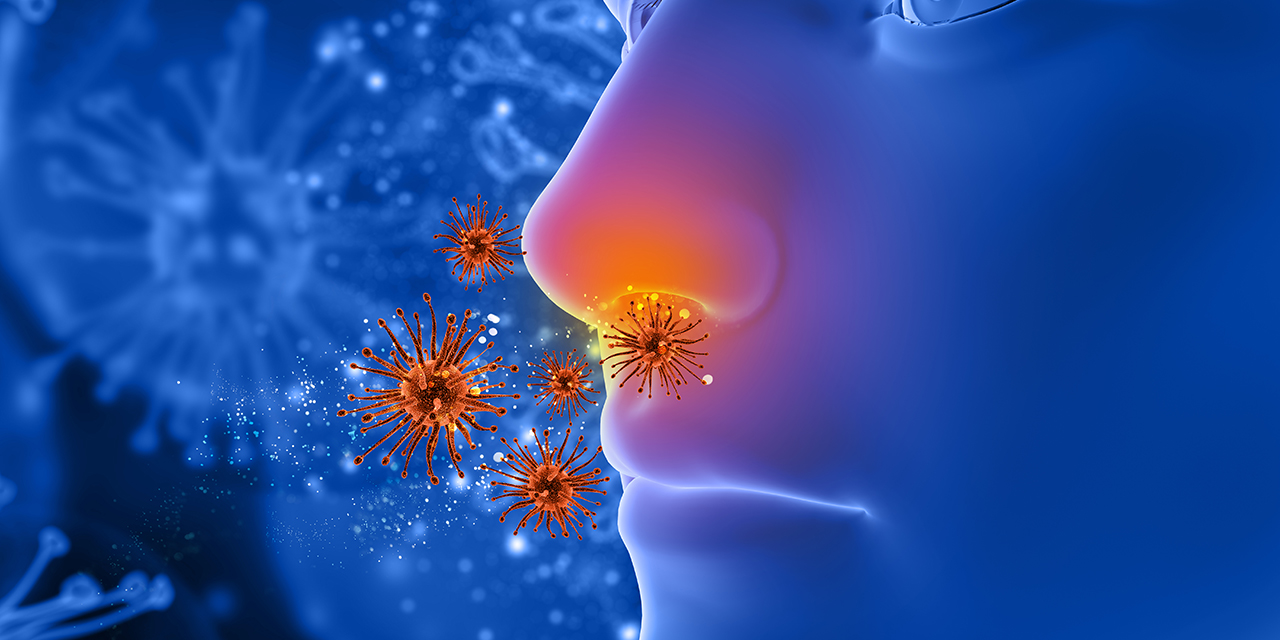Allergies and migraine

An allergy is an abnormal bodily response to particular substances. These mainly harmless substances are usually protein molecules, and don’t cause any effects on non-allergic people. An allergen causes sensitization of the immune system when it enters the body through respiration, skin, or foods.
Immune system sensitization causes Immunoglobulin E (Ig E) secretion from immune system cells. In turn, secreted Ig E causes histamine release from mast cells. Seldom, an allergic response may occur without Ig E secretion. The allergic response usually occurs within seconds or minutes, sometimes within hours and even days.
Immediate allergic responses are termed Type I allergic responses. The most common types of allergic responses/symptoms are:
- Tongue, lip, nasal passage and skin itching
- Allergic rhinitis
- Eye irritation (allergic conjunctivitis)
- Skin rash
- Erythema
- Hives (Urticaria)
- Tightness of throat and/or breathing
- Angioedema
- Allergic asthma
The most common allergens leading to Type I allergies are:
- House dust mites
- Pollens
- Wheat
- Mold
- Pet hair/feather/excrement
- Food items:
- Adults: Peanuts, pistachios, fish and shellfish
- Children: Cow’s milk, eggs, soybeans, wheat
- Food additives
- Insect/ fly bites and excrements
Type I allergic responses may also appear late within 8-12 hours (rather than appearing acutely). These late Type I allergies mostly present with gastrointestinal symptoms in infants and children.
Type IV allergic reactions are another type of allergies. Type IV allergies occur without Immunoglobulin E secretion. These reactions usually occur within 48-72 hours of contact /food ingestion; the most common type IV reactions are contact dermatitis, atopic dermatitis and urticaria. The most common substances causing type IV allergy are nickel, other metals and scents.
The incidence of allergies in migraineurs and the incidence of migraines in allergic patients are higher than the population. Trigeminal nerve (nerve supplying facial and meningeal senses) sensitization and mast cell inflammation can lead to migraine headaches. In allergic individuals this mast cell inflammation happens more often, more acutely and causes emergence or worsening of allergic responses. Patients with a deficiency in Vitamin D are more likely to develop both allergies and migraines.
Over the last 20-30 years, the number of allergic illnesses has rapidly increased globally. This increase is caused by intensive use of antibiotics, cesarean births, loss of contact with nature and soil, intensive disinfectant and antiseptic use, increase in frequency, amount and number of food additives and an increase of chemical substances in everyday use.
Once you control your symptoms of allergies and asthma, your migraine pain treatment will be more successful. If you have any of the above-mentioned allergic findings together with migraine headaches, I recommend you to go to an allergy specialist to be examined and tested. I also recommend that you keep your living space simple and non-dust prone, dust your environment frequently, and to keep away from processed foods and heavy perfumes as much as possible.

